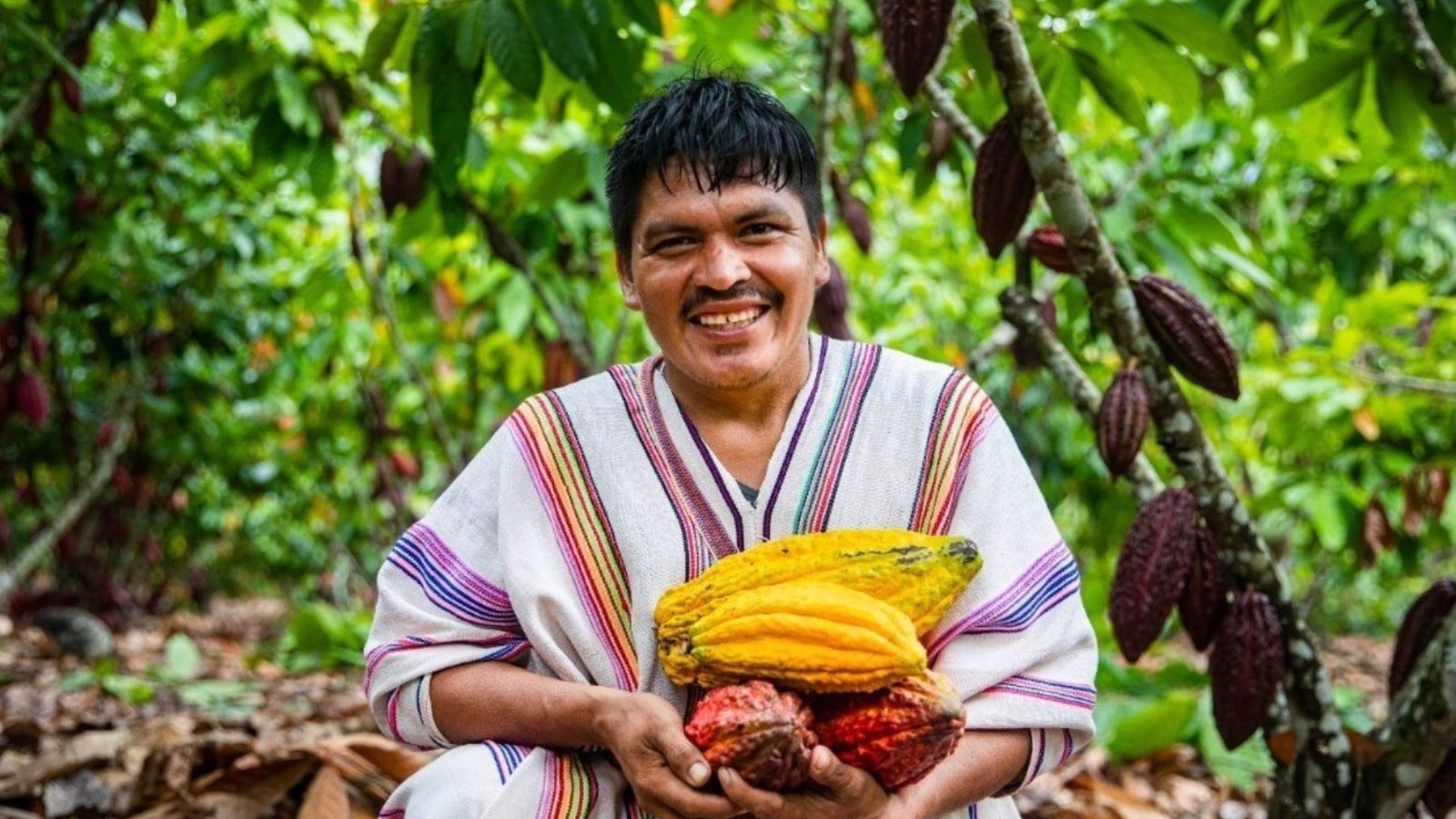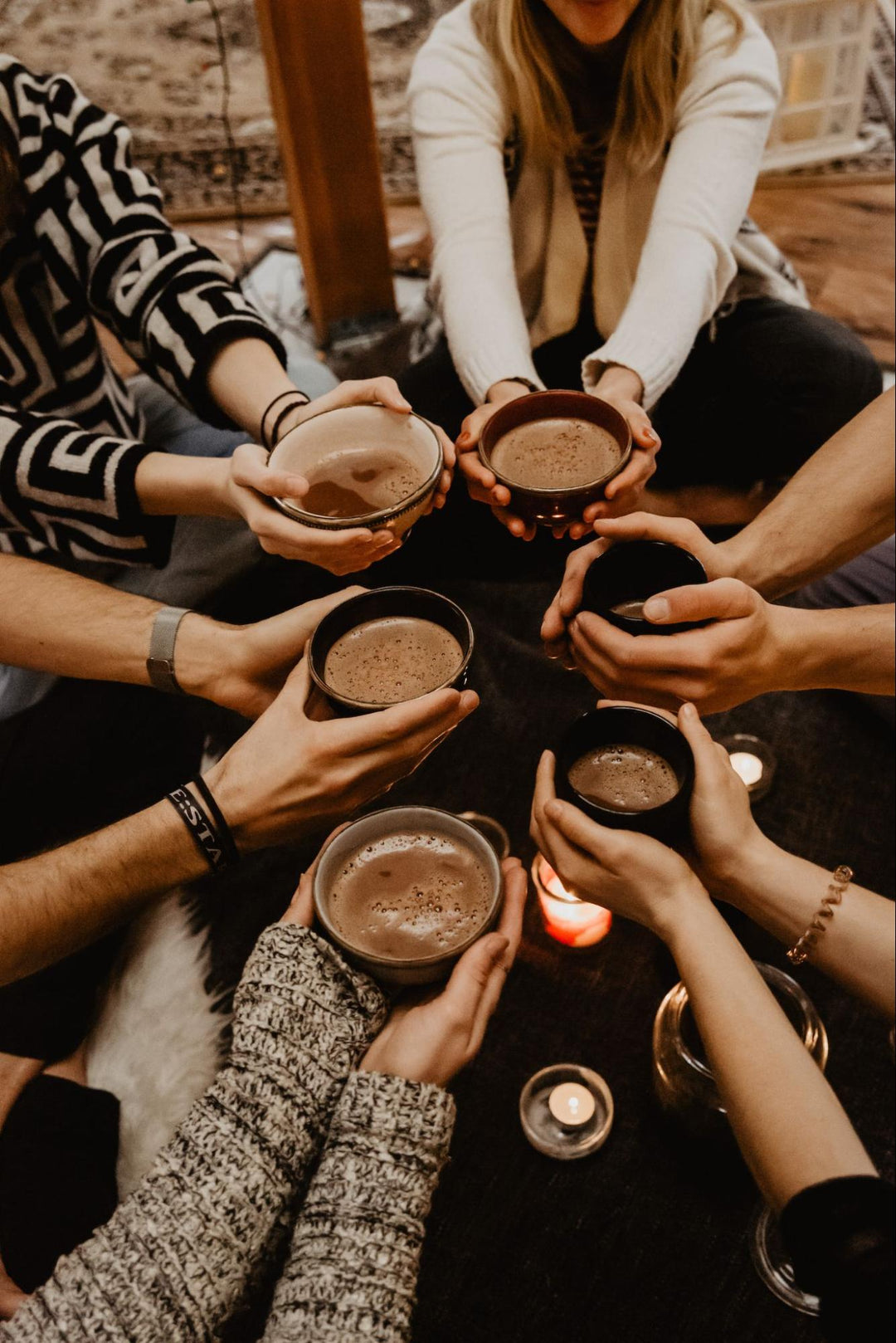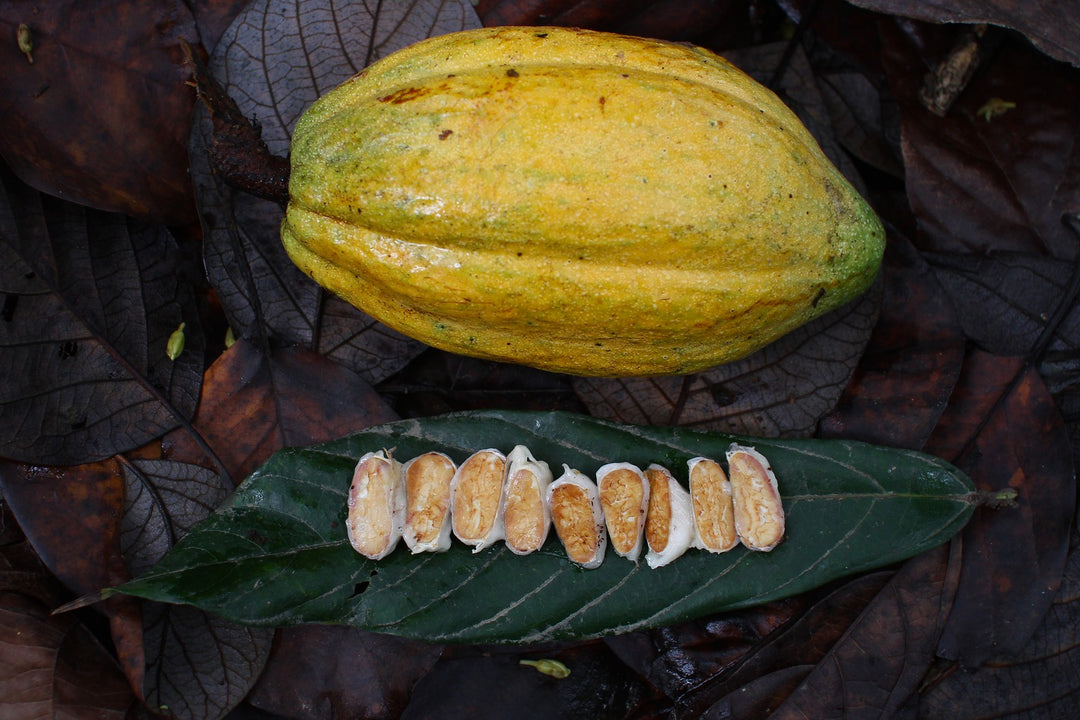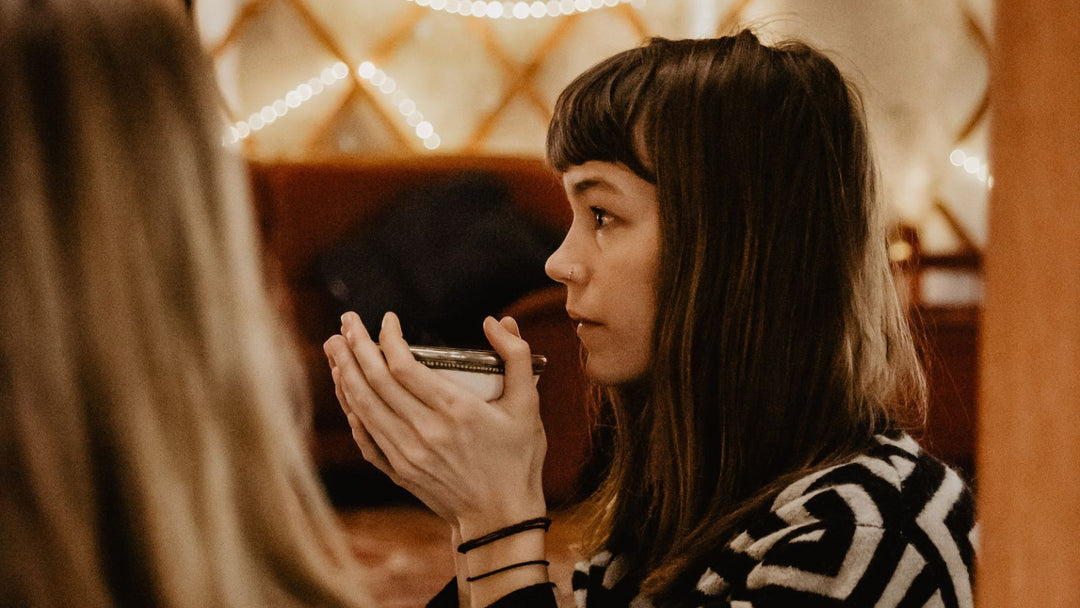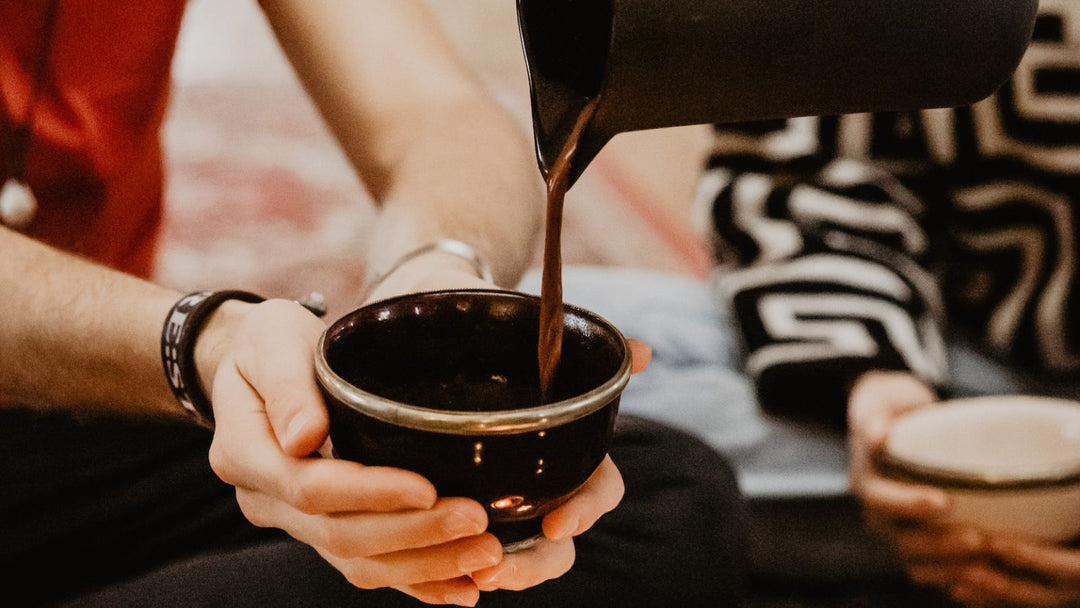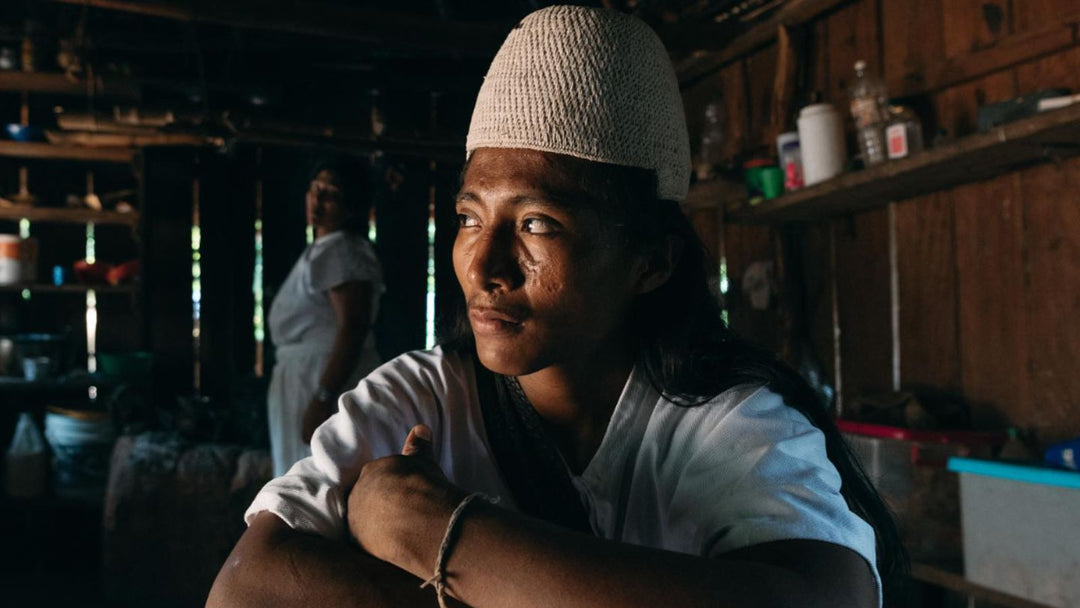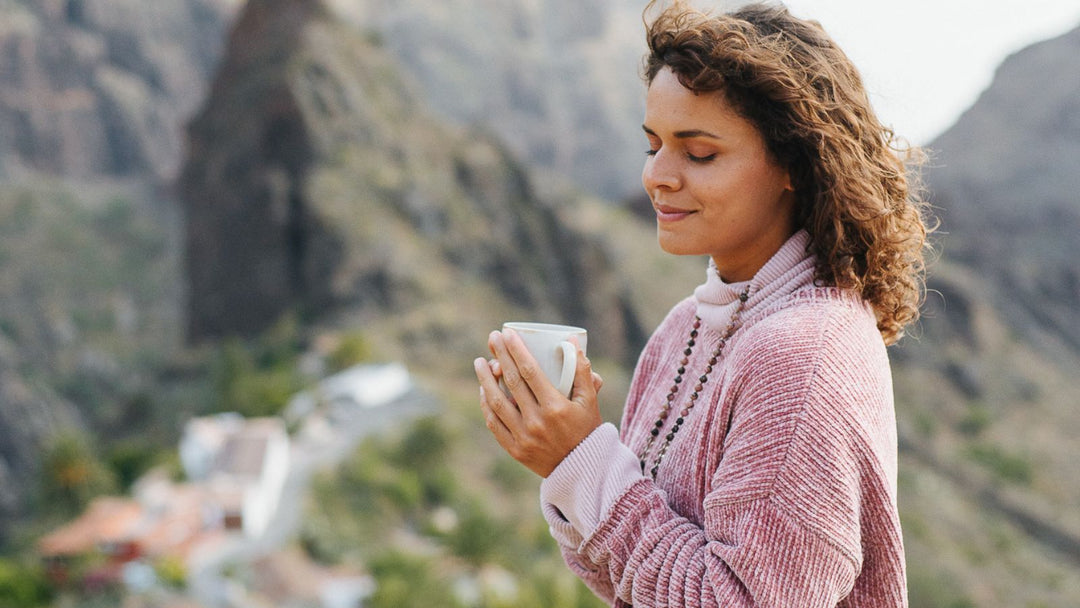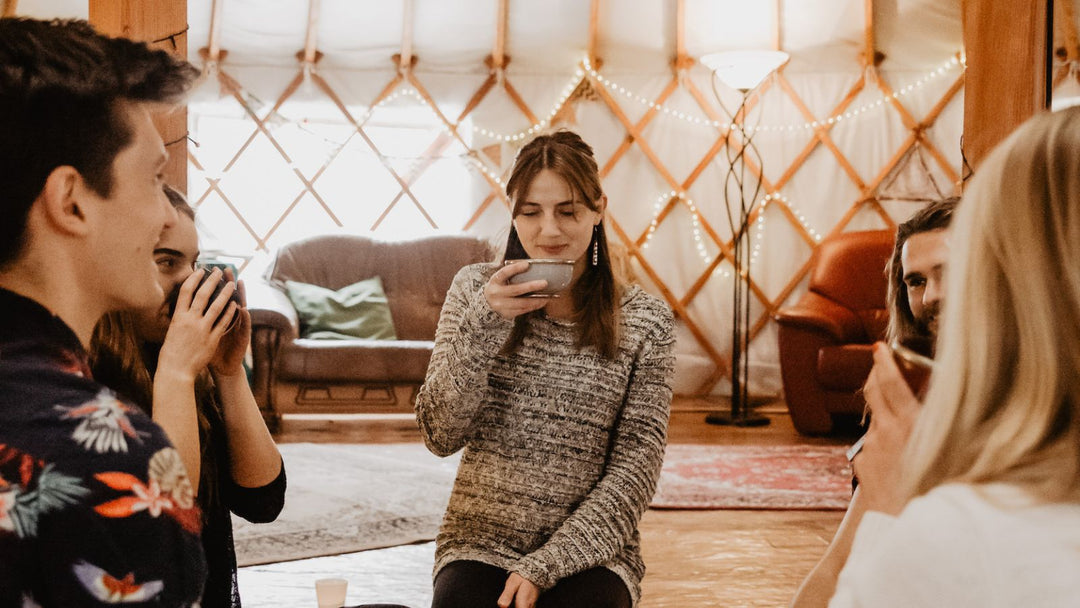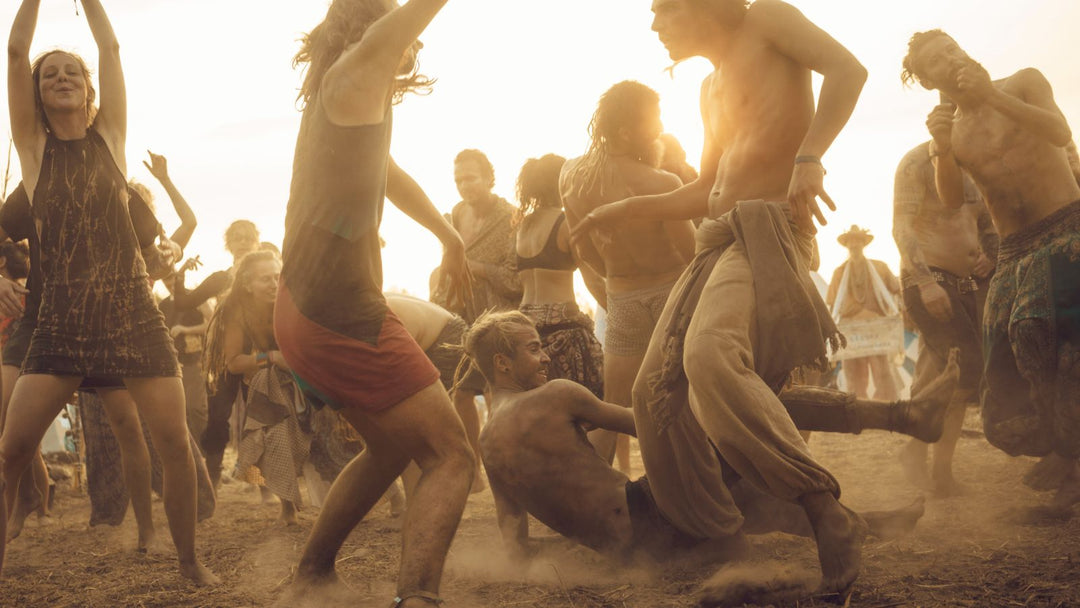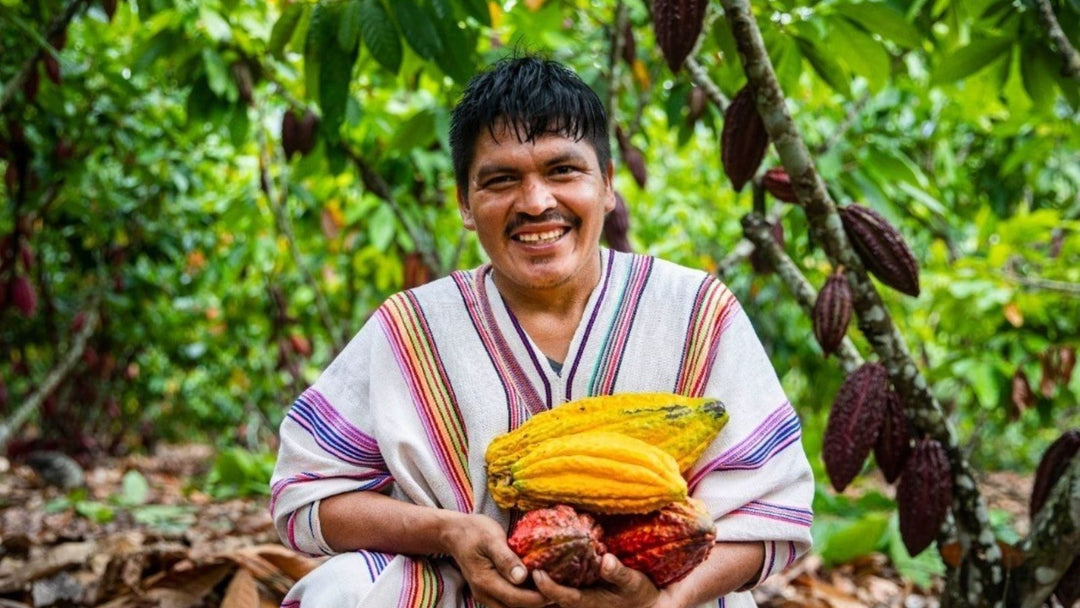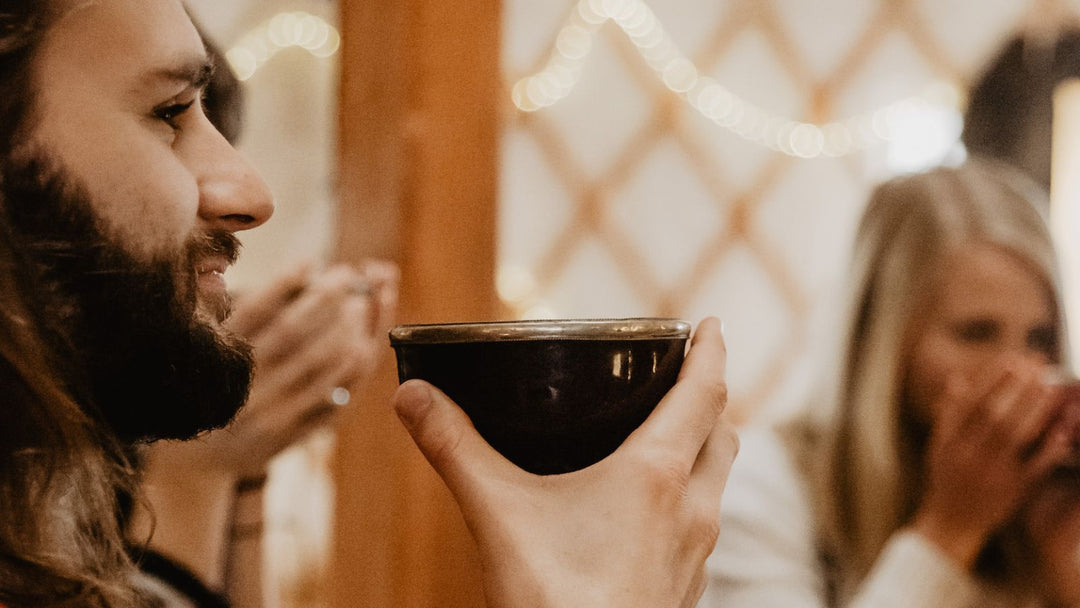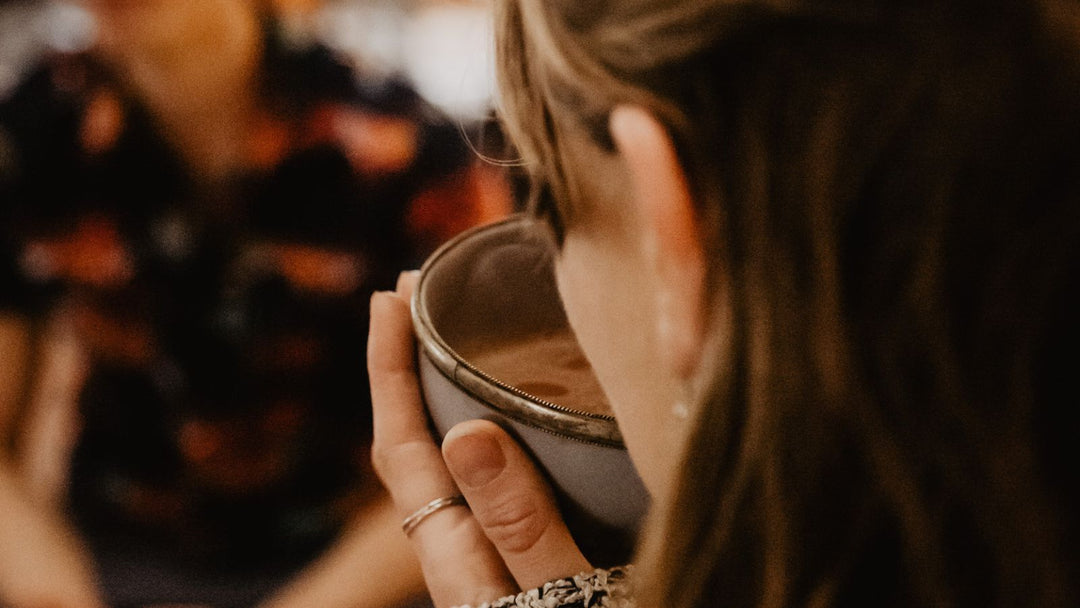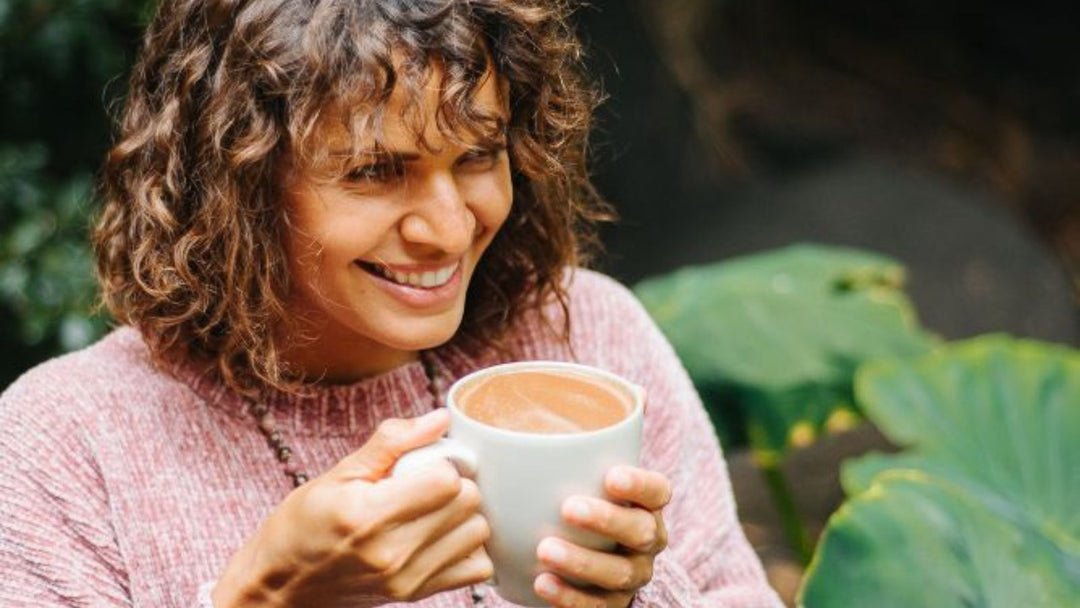Types of Cacao Used in Ceremonies
Introduction
The type of cacao used in a ceremony can significantly impact the overall experience. This page will guide you through the different types of cacao that are commonly used in ceremonies, their unique properties, and how to choose the right one for your ritual.
Raw vs. Processed Cacao
In cacao ceremonies, raw cacao is often preferred over processed forms like cocoa. Raw cacao is minimally processed and retains a higher nutrient content, making it the more potent option for spiritual and health-related benefits. Processed cacao, while still usable, may lack the full spectrum of nutrients and psychoactive compounds found in raw cacao.
Raw vs. Ceremonial Cacao
However, there's a catch. Raw cacao doesn't taste great. This is why we at Moruga roast all our cacao beans before processing them. We do so at very low temperatures following a minimal processing scheme. This is how all better known brands of ceremonial cacao do it - because a cacao ceremony should be a pleasant experience all around, with great tasting cacao. If you're interested in Raw vs. Roasted cacao, check our blog post where we explain why we do what we do.
Ethical and Sustainable Sourcing
Given the sacred nature of the ceremony, it's crucial to consider the ethics of your cacao sourcing. Look for cacao that is ethically sourced, organic, and fair-trade certified. Ideally, look for cacao that's been grown in so-called "Mixed Forest" or "Agroforestry Systems". This not only ensures a higher quality product but also supports sustainable farming practices and fair labor conditions. Read how mixed forest farming saves the rain forest.
Conclusion
The type of cacao you choose for your ceremony can greatly influence its effectiveness and the benefits you receive. Whether you opt for raw or processed cacao, always consider its source and quality. Ethical and sustainable sourcing can enhance your experience while aligning with the sacred and respectful nature of the ceremony.
[Back to Cacao Ceremony Guide]




